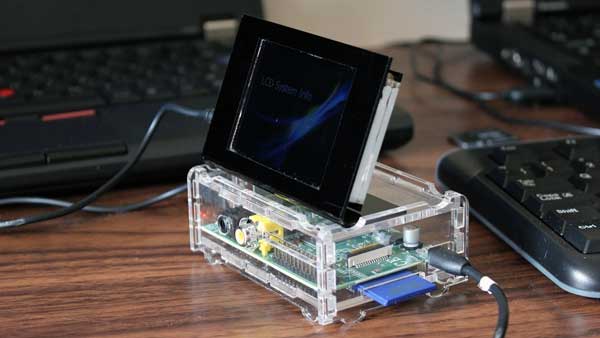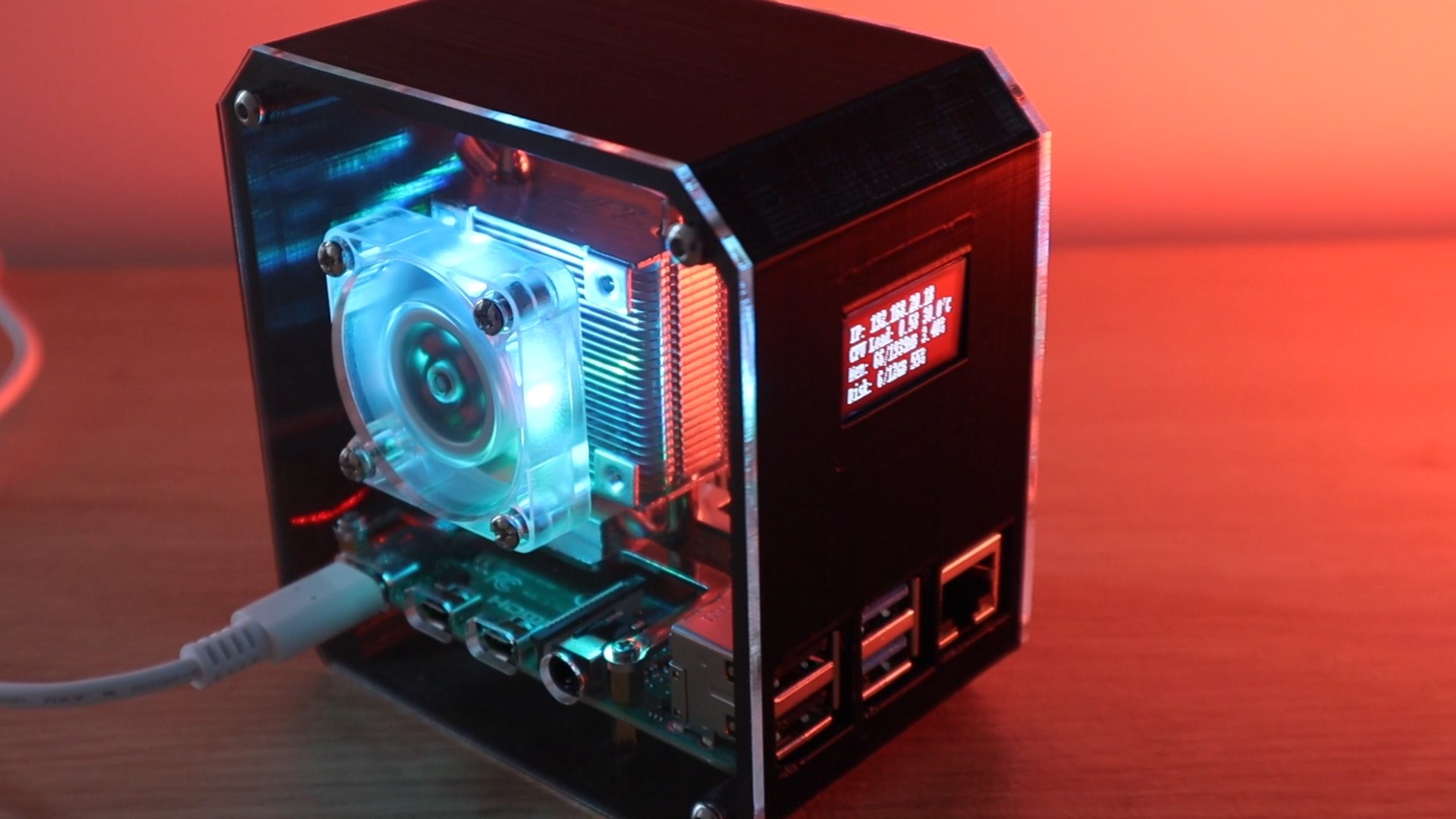

- #RASPBERRY PI PC SYSTEM MONITOR HOW TO#
- #RASPBERRY PI PC SYSTEM MONITOR WINDOWS 10#
- #RASPBERRY PI PC SYSTEM MONITOR WINDOWS#
#RASPBERRY PI PC SYSTEM MONITOR WINDOWS#
That will likely increase now that the group has added a more powerful ARM processor-a 900MHz quad-core Cortex-A7 chip that includes 1GB of memory, giving the computing board six times the performance and twice the memory of the previous system-and support for Windows 10, which Microsoft released in July. It only accomplished that goal, but officials found that the boards are being used in the corporate world.
#RASPBERRY PI PC SYSTEM MONITOR HOW TO#
The Raspberry Pi Foundation released the first of its mini-computers in 2012, and officials hoped the credit-card-size system would encourage students to learn how to program. Right now the touch display can be bought at the Swag Store, RS Components/Allied Electronics, and Premier Farnell/Newark. He noted that another Raspberry Pi engineer has been using Kivy to enable the touch-screen display “to allow the touch-screen to control Raspberry Pi’s GPIO, and vice versa.” Hollingworth also said that he is “in the process of developing a touch-screen application for an installation at home to control a safety and heating and monitoring system,” giving the Raspberry Pi a larger role in the burgeoning Internet of things (IoT). Users can find instructions for installing Kivy on their Raspberry Pis on the site.

Hollingworth noted that Kivy, a Python-based GUI development system for cross-platform applications, can be used to work with devices with touch-screens, such as smartphones and tablets, as well as with Raspberry Pi systems. The touch-screen is compatible not only with the newer Raspberry Pi 2 Model B, but also the Model B+ and Model A+. The display’s frame also comes with a range of color options, which will cost a little extra-about $15. It also comes with an array of other components, including an adapter board, screws for mounting the display, a DSI ribbon cable for connecting it to the mini-computer and jumper wires for powering it. The display is a 7-inch monitor with 800-by-480 pixel and 10-point touch-screen capabilities.
#RASPBERRY PI PC SYSTEM MONITOR WINDOWS 10#
… But we’ve finally got there.”Īmong those issues met was work needed for new models of the PC, including the Raspberry Pi 2 Model B, which launched in February with a faster ARM system-on-a-chip (SoC) and support for Microsoft’s Windows 10 operating system. “I honestly believed it would only take us six months from start to end, but there were a number of issues we met. “Two years ago, I began the process of looking for a simple, embeddable display for the Raspberry Pi,” Gordon Hollingworth, director of engineering at the foundation, wrote in a post on the organization’s blog. Officials with the Raspberry Pi Foundation began talking about it a year ago, but work on it has been going on even longer. And while it seems like a simple piece of technology, it’s taken a while to get here. 8, priced at $60, and available online and at several stores, with more getting supplies of the touch display later in the week. Now, the organization behind the do-it-yourself (DIY) boards has launched a display built specifically for the Raspberry Pi. One of the draws of the Raspberry Pi over the past three-plus years it’s been on the market has been its portability. Users would have to have a computer monitor or television around, and even if those are available, they aren’t always mobile. However, it hasn’t always been convenient. Users of the diminutive Raspberry Pi mini-PC have always been able to connect to a display fairly easily, thanks to the device’s High-Definition Multimedia Interface (HDMI) port.


 0 kommentar(er)
0 kommentar(er)
